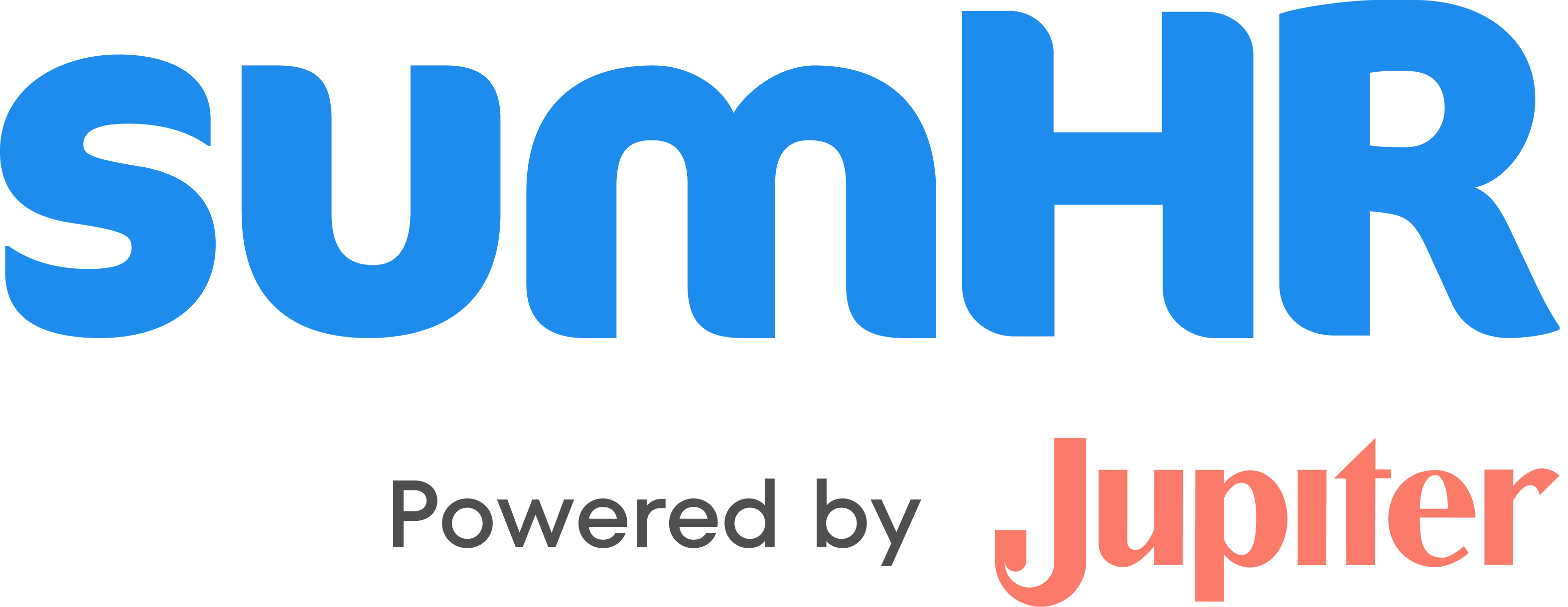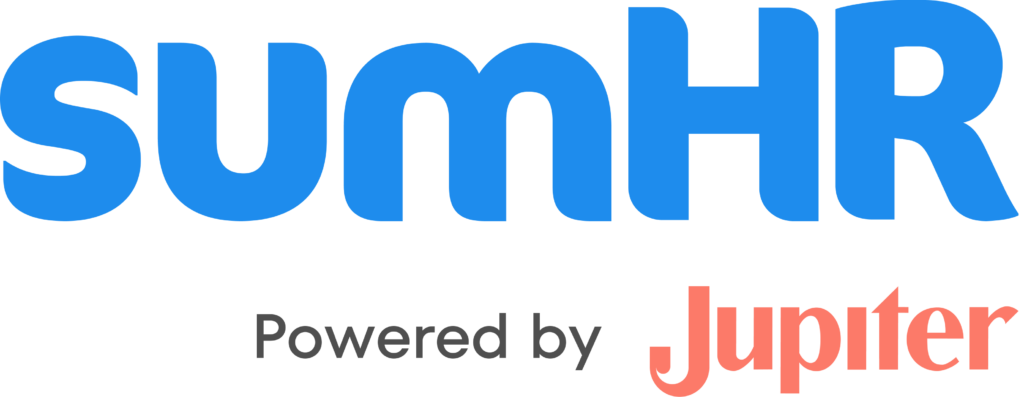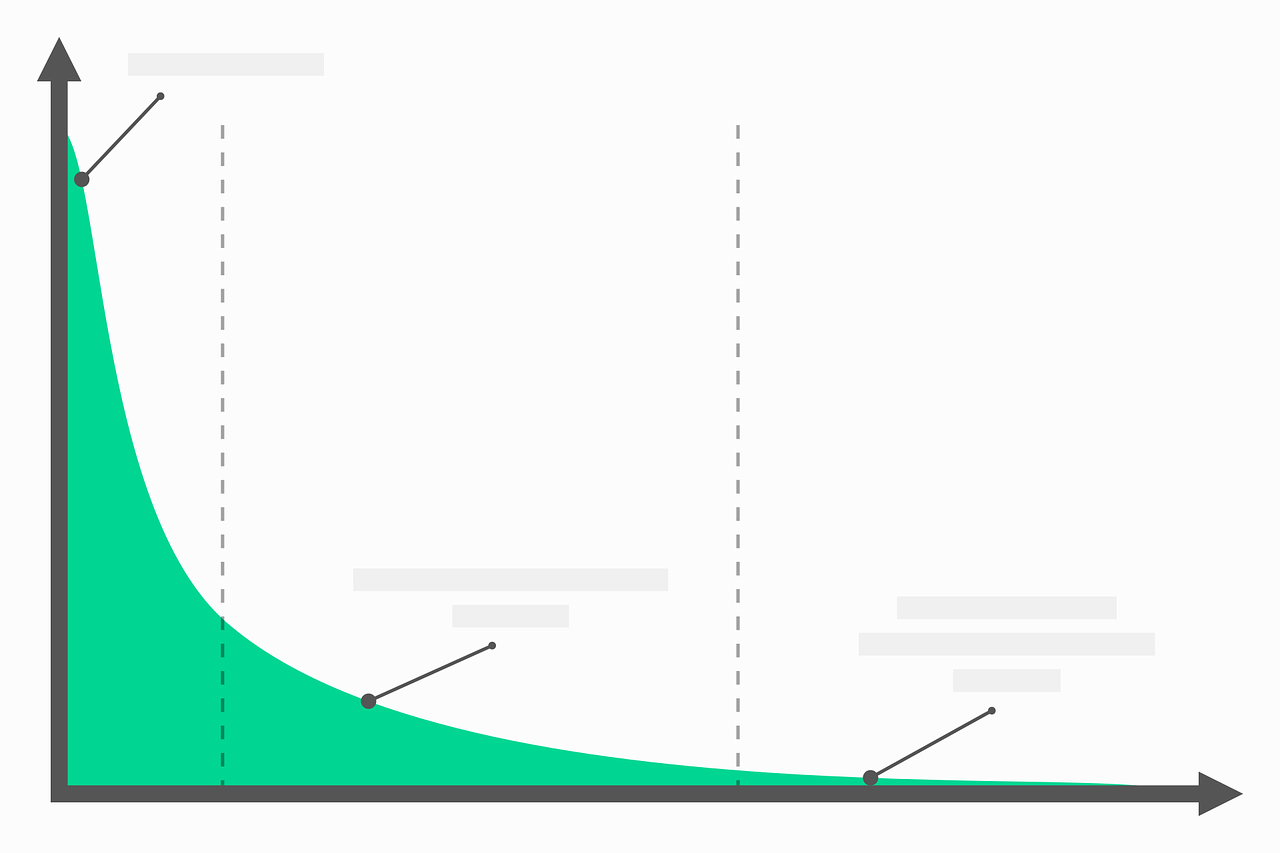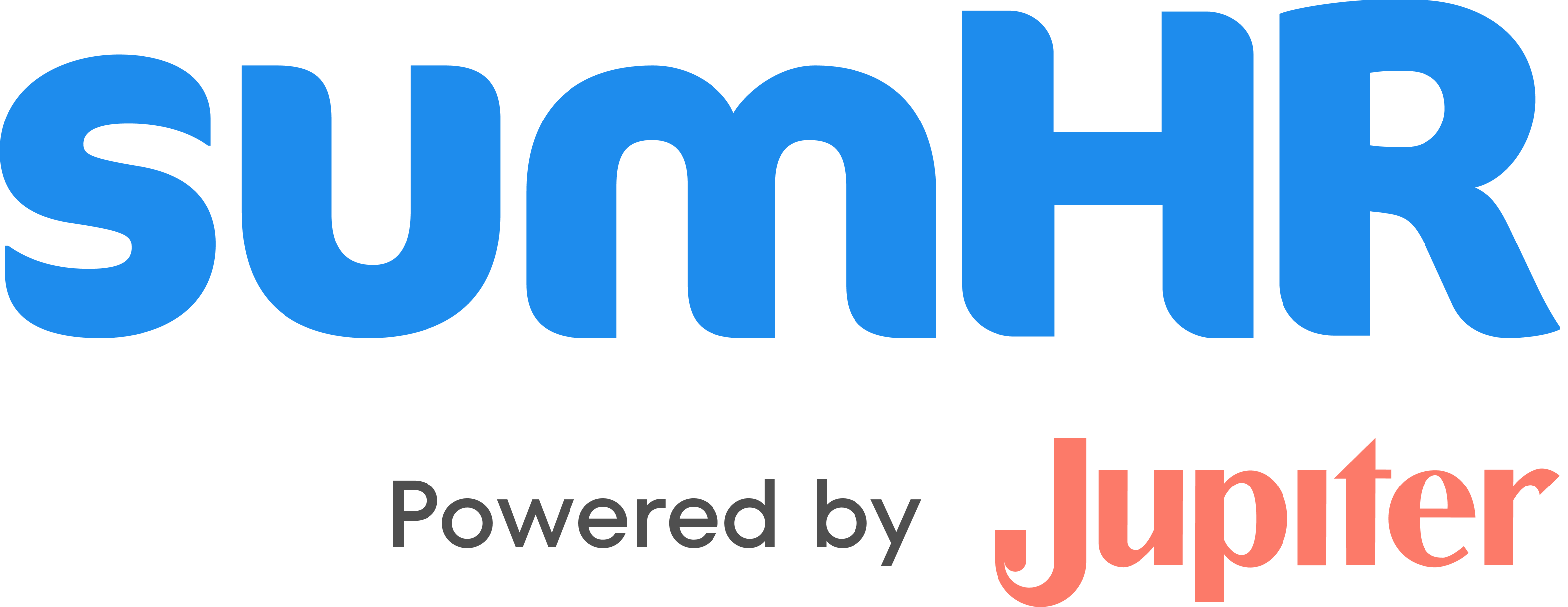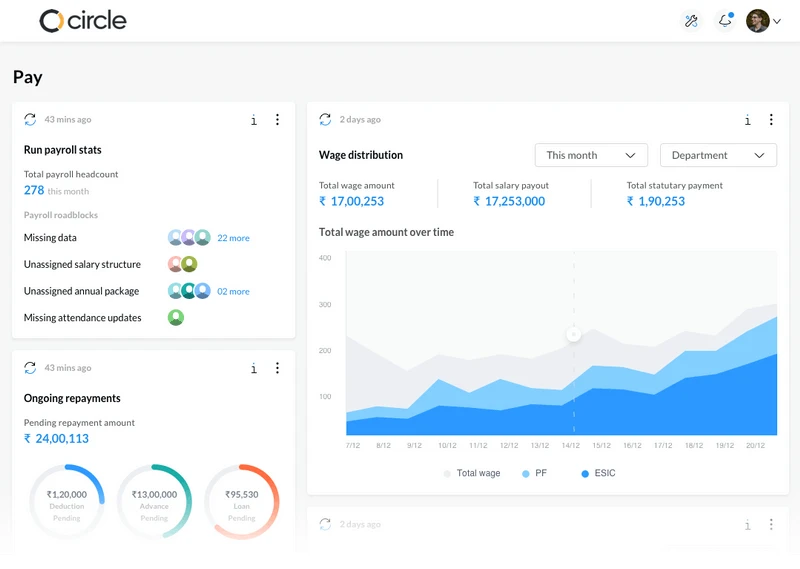Payroll is a list of company’s employees who work for a task, job, or projects and are to be paid some amount of money for the same. As per Oxford Dictionary’s definition, “Payroll is a list of people employed by a company showing the amount of money to be paid to each of them”. Payroll isn’t just about salary payment for the hours clocked-in by employees. It includes employee wages and deductions, such as income tax rate, Medicare, allowances, and much more. Payroll computation for SMEs (small and medium enterprises) can be a tedious task. A mismanaged payroll program can reduce productivity and upset employees. Payroll is an integral part of the Human Resources department and needs to be prioritized by an employer. Employee salary needs to be paid on time by avoiding errors.
A salaried employee will be a happy employee when he/she is paid on time. However, there are times when things do not go as planned. Here is why salaries can be delayed.
- Delayed payment processing
- Inaccurate payroll calculations
- Inadequate resources
Poor payroll services and payroll operations are signs of an inefficient company. To respect employee time and engagement, it is vital to understand payroll and how to master this important process.
What is Payroll Management?
Payroll management is the process of managing salaries, wages, tax assessments and deductions, other deductions, bonuses, and reimbursements of employees in an organization. India, having complex tax structures, requires accurate calculations of remuneration and deductions for salaried employees.So, companies in India adapt qualified payroll managers and accountants, or take support of various softwares to help with the processing of payroll. Some companies look out for outsourced 3rd party service for payroll management, to ease their in-house work load.
What is the Purpose of a Payroll?
Payroll Processing ensures that employees receive salaries on time with the right deductions. The HR department and the payroll staff have a major responsibility for paying employees according to local tax rates and organization guidelines.
Small business owners generally go for a manual payroll routine. They engage in payroll outsourcing, in which they hire a payroll service provider who is responsible to deliver wage calculations.
However, this can also be done by an in-house human resources department with the right payroll software which is suitable for small and medium-sized businesses. A payroll company might not be familiar with your company policies. Hence a payroll software with outsourcing services might be what you as a company are looking for.
If you’re trying to figure out between in-housing and outsourcing payroll. Here is a blog to help you get started.
Keeping that in mind, let’s quickly discuss the different stages in processing payroll.
Different Stages in Processing Payroll
Establishing Payroll Policies:
Salary is a fundamental right of an employee, and therefore setting the right payroll policy is necessary and is the first stage of a payroll cycle. Individual payroll policies and payroll taxes may differ from a full-time employee to part-time & contract-based employees.
Wages and payroll taxes may also differ for hourly employee agreements, independent contractors, and freelancers.
Understanding Salary Components
Salary components are the bifurcation of fixed and variable components. These are based on several tax forms, such as the W 4 form, which outlines your employees’ payments list. Other than that, numerous forms are based on the role of an employee.
Other payroll components are in the form of deductions and benefits. These include bonuses, employee benefits, voluntary deductions, wage garnishments, health insurance plans, retirement plans, life insurance, HRA, and more. In these, there might be employees who might be exempted for certain cases and nonexempt employees.
Gathering Inputs:
Gathering inputs for employee paychecks is time-consuming. This monthly process needs to be managed efficiently, keeping the size of a company in mind.
Inputs can be across numerous verticals, including loans, travel expenses, extra shift charges, paid leave, commission, relocation expenses, and miscellaneous expenses.
Validating Inputs
The data captured is then subject to validation to eliminate any possible errors at a later stage. This is a crucial step as you consider data of only current employees in your organization.
Setting up Payroll Processes
After these pre-tax deductions, we begin with the actual payroll program. Payroll processes should be monitored closely by experts in the department to avoid any possible duplication or errors.
Payment of Statutory Payments
The state and central government have mandatory tax payments that employers need to deduct from employee wages.
This is a critical aspect of payroll management, as late payments and non-payments can result in tax penalties. Some payroll deductions include-
For India
- Employee Provident Fund
- TDS
- Employees State Insurance (ESI)
- Professional Tax
For the USA (and relevant countries)
- Federal and state income taxes
- Union dues
- Unemployment taxes
- Social security payroll taxes
- Miscellaneous local taxes
Disclaimer: The mentioned above are only some of the deductions. Please approach a payroll specialist for accurate deductions.
These tax deductions are vital for employers and employees alike. Your organization needs to file taxes on-time to avoid tax liabilities.
How is payroll generally managed in startups and SME’s?
a. Payment processing on excel sheets:
A large number of SME’s still practice their payroll management on excel sheets. It might be a comfortable practice until you have less than 10 employees. Once you exceed the 10 employee mark, the data processing could be a monotonous task on an excel sheet. An excel sheet also has certain drawbacks –
- Manual entry of data.
- Manual processing of data.
- Clerical and calculation errors.
- Statutory compliances need to be entered from time to time.
- Manually adding and removing entries.
b. Outsourcing Payroll Services
As mentioned before, the other mode of payroll processing is outsourcing. However, the company needs to share the data and their policies and deductions with the third party from time to time.
Disclosure of employee records to a third party is hazardous. Not to forget, outsourcing services for payroll leads to extra costs. So, payroll for small businesses can be managed by payroll software.
Figuring out to choose between outsourcing payroll services or in-housing payroll. Here is a blog to help you get started.
What is Payroll Software?
Payroll software is an application utilized by the Human Resource Department (HRs) or payroll teams to maintain the entire life cycle of payroll processes.
Payroll software needs to be aligned with an organization’s needs, which bring all the loose ends of inputs, validation, processing, and checks on a single platform.
However, the standard payroll software is designed to offer standard processes. Small and medium business payrolls may differ for each company, So the software can be customized to do more for you.
Payroll software for SMEs presents a holistic experience of payroll processing. Human Resource Management Software (HRMS) can give you an edge in terms of payroll.
Therefore, reliable payroll software makes it easier to process chunks of data, reduces dependability on external third-party resources, and offers a professional solution.
Payroll software and its uses:
Here are the uses of payroll software that might match your company’s requirements.
Scaling data
The software can store and process large data and be adapted to increase the processing scale.
Ease of operations
As the process is automated, every form and input is driven around your existing policy. If your company already has HR software or a web payroll, there is no need to manually input data for payroll processing.
The automated payroll system can work as accounting software by flagging errors and correcting them. So, you can use technology to your advantage and reduce human time and effort that goes into payroll processes.
sumHR is one such HR software with a great payroll process automated to perform HR & Payroll associated tasks within minutes
End-to-end solutions
The software offers all-in-one payroll services, from setting policies to government payments and salary slips.
This ensures total control over the process and a one-window approach.
Benefits of Payroll Software
Payroll software has several benefits for employers and employees alike.
1. Cost-saving
Payroll software can save the cost of paper-based processing. An efficient payroll system can help you invest your company’s savings into business expansion.
2. Time-saving
Manual payroll calculation monthly is tiring and tedious. The software can save all this time through its automated processes.
3. Accuracy
A computer-based software removes any margin of human error. Irrespective of whether you work in an SME or an MNC, your employee data will be calculated accurately.
4. Tax updating
Understanding the Indian payroll system and its updates can get very confusing. HR can easily overlook statutory requirements while processing payroll manually.
5. Storage and accessibility
Payroll software allows you to store any amount of information and access it when needed. Your annual reports and payslips will remain safe and secure.
Check this blog out for a comprehensive list of benefits of payroll software.
Drawbacks of Payroll Software:
As beneficial as payroll software can be, it comes with a few cons.
- The backup of payroll data can lead to hordes of files piling up; This brings out the need for a system to archive all of this information.
- Your company will have to hire and train an individual to process payroll.
- Although payroll software can save you the time and money of monthly processing, the one-time cost of purchasing the tool can be expensive.
Although as expensive as payroll software may be, choosing the right one can almost eliminate most of the drawbacks mentioned above.
Additionally here are the 10 Must have features to look out for in a payroll software.
Payroll Software and Integration
A good payroll software can be integrated across different company systems, including the HR system, to capture data. It can be integrated into different systems for:
Hourly captures:
Software that can track time is important for jobs like consultancies that are time-specific and based on hourly rates.
Roles like consultants, auditors, specialized freelance assignments, etc., all can be monitored through the payroll processing software.
Attendance & Time Management:
The software should track time, which is the number of hours an employee spends on his/her work assigned, and also have the ability to monitor work-from-home requests, overtime hours, and more.
This option is available on quite a few software like sumHR, which also comes with biometric device compatibility.
Leave Management System
Captures leave data of absenteeism, different kinds of leave like sick leave, holidays, and paid leave. This information is beneficial to calculate the deductions and extra pay for overtime or night shifts.
Accounting System
The accounting system needs to be integrated into the payroll system. The payroll data processed can be sent to the accounting system that is usually responsible for releasing salaries.
The detailed accounting of salaries and other benefits are clubbed as employee expenses and need to be monitored and accounted for.
Cloud-Based Payroll Software
Generally, most Payroll systems are cloud-based, which means it is integrated into cloud systems. This eases the data access from anywhere and anytime.
Cloud systems are also a good backup against your physical data or in-office data susceptible to damage, loss, or theft. A cloud-based system ensures role-based access to data.
Conclusion
Using payroll software for small businesses can really ease most problems and challenges HR face regularly. Whether you’re an HR professional, CEO, or an employee of an organization, HR software can help you automate and simplify important processes.
Struggling to manage all the tasks related to the HR department? Don’t worry! Try our HRMS, where you can choose a pocket-friendly plan or create a customized plan based on your requirement, and get access to features like
- Automating payroll and expense claims
- Managing your HR data easily.
- Review performance and Objective and Key Results (OKR)
- Track attendance and leaves.
Get a demo of sumHR FREE of cost today
FREQUENTLY ASKED QUESTIONS (FAQs)
1. What is payroll in HR?
Payroll in HR means a list of the company’s employees who work for the company and are to receive a certain amount of money for their contribution as compensation.
2. What size of organizations uses payroll software?
SME’s, startups, and organizations with employees ranging from 25 to 5000 can adapt to HR software which consists of payroll, attendance tracking, leaves management, performance tracking and much more.
3. Is payroll software customizable?
Yes. Some payroll software like sumHR offers a high degree of configuration and scope of customization to company-specific requirements
4. How do I identify a good payroll software for my company?
In the context of your company’s requirements, the dynamics of employee numbers, specific policies, and salary components might differ. Still, one should look at a smart payroll software that is
- easily integrated across different mediums
- scalable to small-medium enterprises and beyond
- capable of creating exhaustive and specific reports
- adaptable to needs
- cloud compliant for worldwide access to data.
5. How can I update the changing policies and deduction calculations according to change in government norms?
The changing policies and norms related to the government need to be internally adjusted by your payroll software. Be it the IT declarations, changing tax norms, form submissions, every alert should be incorporated to make your payroll process compliant with government needs.
Not all software offers the facility of changing this in-house. So, choose a software that gives you the flexibility to change parameters internally at just a few clicks.
6. Where does my data get backed-up if I am not using a cloud backup system?
Other sources of back-up, including the company’s storage platform, can be utilized to maintain the back-up of your payroll data.
7. How does payroll software work?
Payroll software automates all payroll processes. It calculates the net salary, which is the actual take-home salary of employees. On your part, all you need to do is provide the list of employees and the company policies.
Your software will automatically track all the statutory deductions put in place by the government in your country. After this, it directly deposits the salary to all your employees at time periods set by your company.
This computerized process eliminates any payroll errors and ensures timely payment for employees’ services on the payroll.
8. What are the challenges involved in processing payroll?
Payroll functions are tedious and time-consuming. No matter the types of payroll involved, there are quite some challenges.
- Complying to a country’s tax norms is a complexity of payroll. The taxable income of an employee comes with a large list of wage garnishments. The payroll staff cannot manually keep track of the changing income taxes at all times.
- Accuracy is also a concern in payroll accounting. Payroll inputs need to be accurate and updated. Most automatic payroll software is integrated with attendance management systems to keep track of overtime pay rates, absentee hours and more.
- Data security is a sensitive area in payroll operations. If a business owner decides to hire external payroll specialists, there is the risk of data breaches. This is because they need to share employee bank account details and history outside the company.
- Other than complying to government policies, payroll software must also comply with employee needs. This includes having an employee self-service portal to allow employee inputs, direct deposit features, the outline of benefits policy and attendance policy and more. Having a comprehensive list of features can turn out to be expensive.
9. What are the benefits of payroll software?
Apart from the above-mentioned benefits, there are several perks of having payroll software programs.
- Automated tax payments to avoid fees and sanctions
- Database and records of payments
- Printable tax forms and payslips
- Direct deposit of salaries
Learn more about the benefits of payroll software here.
10. Is training required to use payroll software?
The payroll process is usually driven by the HR or accounting department, and the software development company imparts necessary training. Although payroll software is slightly more advanced than spreadsheet-based payroll management, an SME can train their HR team to run a payroll program.
We think you should not depend on paperwork, spreadsheets, and outdated software, as our online payroll software can be adapted to different industries and sizes of businesses. It can also be easily integrated into specific processes and systems in the company.
If your company’s payroll management is taxing you, it is time to break free of the clutches of the regular challenges and adapt to payroll software now.
